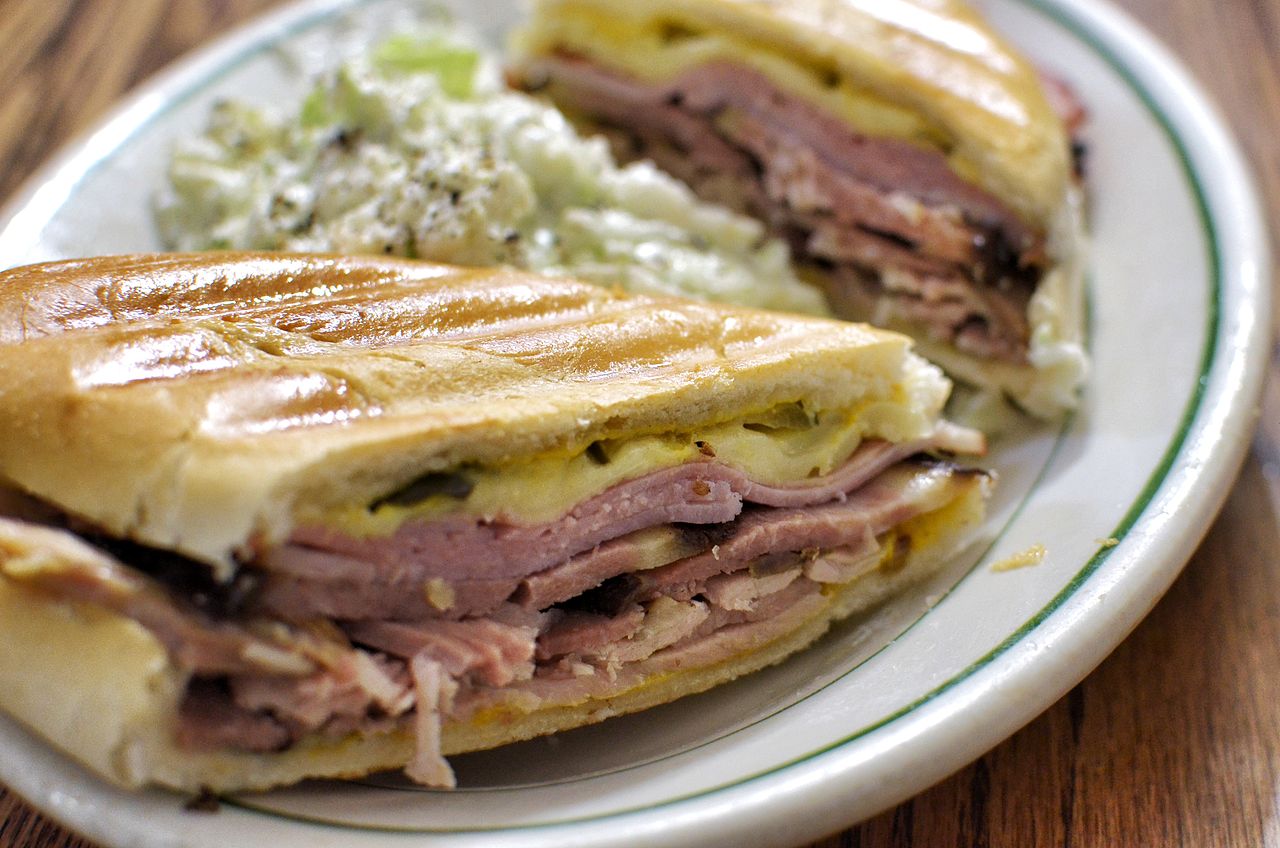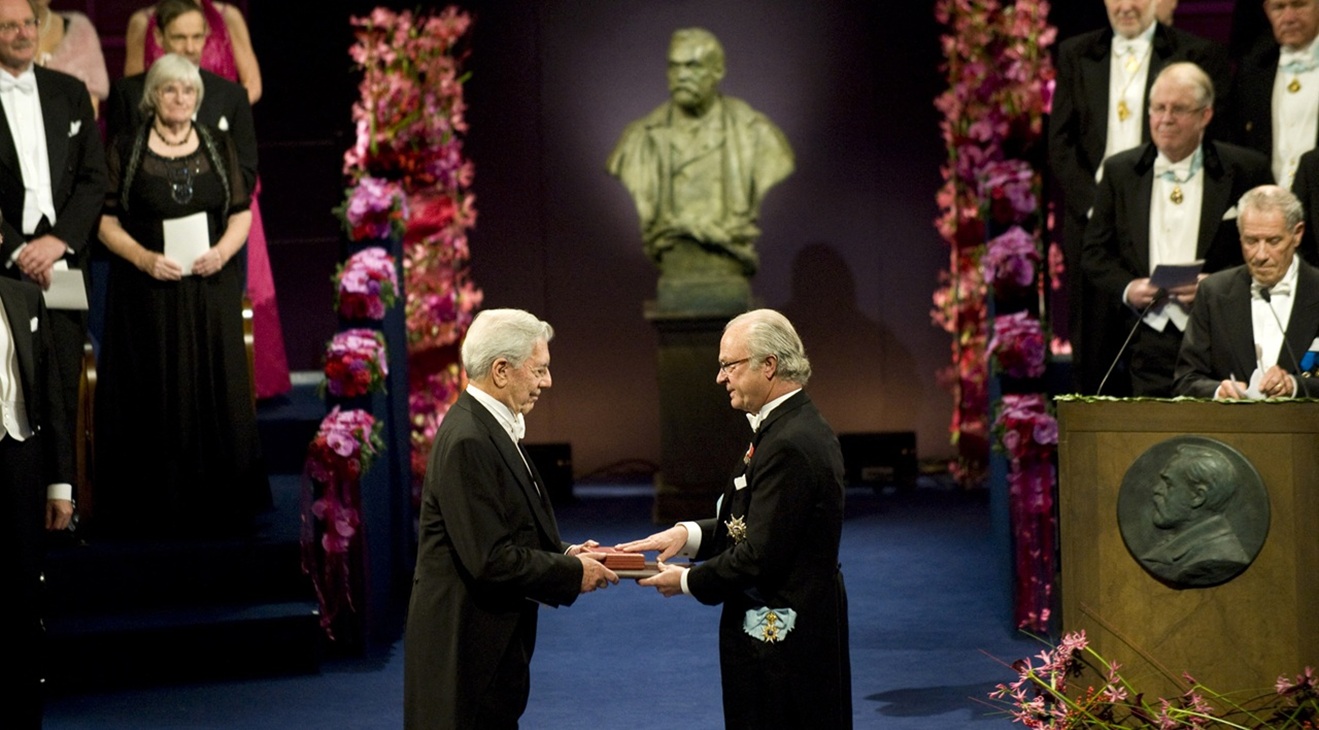
How did the Cuban sandwich become a symbol for a displaced people?
The new book ‘The Cuban Sandwich: A History in Layers’ explores the origins of the Cuban Sandwich while dealing with issues like exile and identity
How did the Cuban sandwich become a symbol for a displaced people, win the hearts and bellies of America, and claim a spot on menus around the world? The odyssey of the Cubano begins with hazy origins in the midnight cafés of Havana, where it evolved into a dainty high-class hors d’oeuvre and eventually became a hearty street snack devoured by cigar factory workers.
In The Cuban Sandwich: A History in Layers, three devoted fans — Andrew Huse, Bárbara Cruz, and Jeff Houck — sort through improbable vintage recipes, sift gossip from Florida old-timers, and wade into the fearsome Tampa vs. Miami sandwich debate (is adding salami necessary or heresy?) to reveal the social history behind how this delicacy became a lunch-counter staple in the U.S. and beyond.
The authors also interview artisans who’ve perfected the high arts of creating and combining expertly baked Cuban bread, sweet ham, savory roast pork, perfectly melted Swiss cheese, and tangy, crunchy pickles. Tips and expert insight for making Cuban sandwiches at home will have readers savoring the history behind each perfect bite.
The idea of the book came mainly from Huse, an archivist and librarian in the USF Tampa Library special collections for almost 22 years. Although he was born in Chicago, Huse considers himself a Floridian, and as he recently told the Miami Herald, “he was sick of the same, tired debate regarding the origin of the Cuban sandwich.Tampa! No, Miami! Key West!” So he decided to look for real facts while researching over more than 150 years of documents from Cuba and the U.S. — advertisements, restaurant menus, newspapers, dating back to the 1870s.

RELATED CONTENT
With the help of other two experts, Huse found that many different versions of the sandwich seemed to pop up around the same time at the turn of the 20th century, in enclaves of Cuban exiles, from Tampa and Key West to New Orleans and New York City. Eventually, its origins lead back to Havana.
As the Miami Herald reported, the book reveals a sandwich that started as a treat for the elite, as well-to-do Cubans in the “Pearl of the Antilles” took pop cultural cues from other cosmopolitan cities.
“Sandwiches were not the egalitarian street food but a crust-less bite for the upper crust,” it wrote.
Despite many curiosities and debates around the sandwich (apart from ham and pork, mustard and pickles, what else should it include? liver pate, mortadella, bologna, sausage, chicken, chorizo, salami, turkey?), the authors’ conclusion is clear: Miami gets the credit for popularizing the sandwich. With the greatest concentration of Cuban exiles, Miami Cubans helped standardize for the world what should and shouldn’t go in a Cuban sandwich.
“Miami is the capital of the Cuban sandwich, let’s face it,” Huse said.
To sum up, the Cuban Sandwich provides not only historical background information on the social and political transformation of Cuba, but through the study of the Cuban sandwich it deals with issues like exile, identity, politics, gastronomy and memory.












LEAVE A COMMENT: